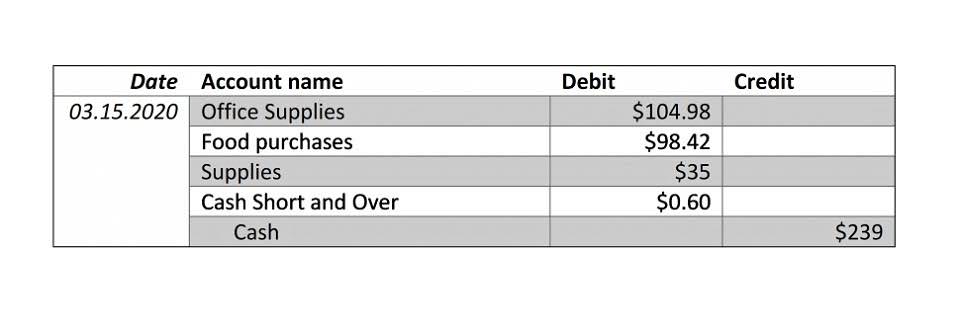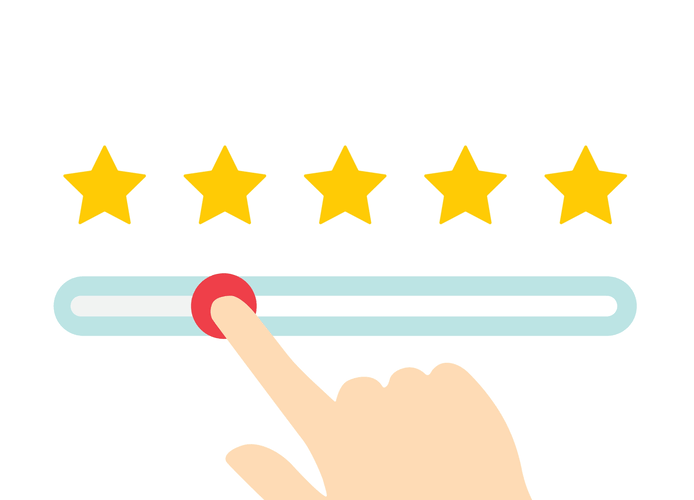
(Some corporations have preferred stock in addition to their common stock.) Shares of common stock provide evidence of ownership in a corporation. Holders of common stock elect the corporation’s directors and share in the distribution of profits of the company via dividends. If the corporation were to liquidate, the secured lenders would be paid first, followed by unsecured lenders, preferred stockholders (if any), and lastly the common stockholders. Generally a long term liability account containing the face amount, par amount, or maturity amount of the bonds issued by a company that are outstanding as of the balance sheet date.
HighRadius Named ‘Rising Star’ in 2024 ISG Provider Lens™ Finance and Accounting Platforms Report
During times of inflation or deflation this decision affects both the cost of the inventory reported on the balance sheet and the cost of goods sold reported on the income statement. In the accounting period when the items in inventory are sold, the cost of the items sold is removed from the asset inventory and is reported on the income statement as cost of goods sold. Assets are recorded in the company’s general ledger accounts at their cost when they were acquired.
- Earnings, or the amount of money a business generates on its own, contribute to shareholder equity.
- However, some accounting rules do require some recorded costs to be reduced through a contra asset account.
- Accounts payable is concerned with the amount of money your business owes to vendors for purchasing goods, raw material, or supplies.
- That is, assets are on the left; liabilities and stockholders’ equity are on the right.
- By seeing whether current assets are greater than current liabilities, creditors can see whether the company can fulfill its short-term obligations and how much financial risk it is taking.
- This tells the reader that the amounts reported for sales and expenses are the total amounts for the 365 days of the year.
Step 1: Determine the reporting period

In other words, it is the amount that can be handed over to shareholders after the debts have been paid and the assets have been liquidated. Equity is one of the most common ways to represent the net value of the company. Part of shareholder’s equity is retained earnings, which is a fixed percentage of the shareholder’s equity that examples of liabilities on a balance sheet has to be paid as dividends. A contingent liability is a potential financial obligation that may arise depending on the outcome of a future event, such as a lawsuit, warranty claim, or pending investigation. It is not recorded as an actual liability on the balance sheet unless the likelihood of the obligation is probable and the amount can be reasonably estimated. If the likelihood is possible but not probable, the liability is disclosed in the financial statement notes instead.
Company Overview
Assets are a representation of things that are owned by a company and produce revenue. Liabilities, on the other hand, are a representation of amounts owed to other parties. Both assets and liabilities are broken down into current and noncurrent categories. Liabilities are generally divided into many Oil And Gas Accounting categories; two of those categories are current liabilities and long-term liabilities. Current liabilities are those that a company must pay within one year.

Investors should be aware of what these numbers mean before making any investment decisions based on them. Long-term liabilities are obligations that do not require the http://45.76.179.144/?p=79429 use of current assets or the creation of current liabilities. Some examples of such liabilities include long-term debts, bonds, etc.

Accounts payable are recorded as a current liability on your balance sheet because they are typically due within a short period, usually 30 to 90 days. In addition to meeting the equation’s requirements, the balance sheet should provide a comprehensive view of all components involved. This includes detailing assets such as cash, property, and inventory, as well as liabilities like loans and accounts payable. Equity components, including common stock and retained earnings, should also be clearly outlined, giving stakeholders a complete picture of the company’s financial standing. Current Liabilities are probable future payments of assets or services that a firm has to continue to make for previous operations.

These arise due to timing differences between when income or expenses are recognized for accounting purposes versus tax purposes. It’s a bit like knowing you have to pay taxes on April 15th but already accounting for it in the previous year’s books. Assets are listed by their liquidity or how soon they could be converted into cash. Balance sheet critics point out its use of book values versus market values, which can be under- or over-inflated.